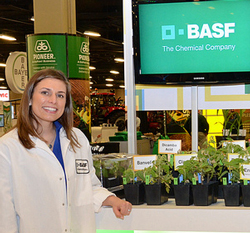 Ag journalists on the GROWMARK media tour in Iowa last month had the chance to learn about N-Watch, which started this year as a small scale, pilot program by GROWMARK in partnership with FS Member Cooperatives.
Ag journalists on the GROWMARK media tour in Iowa last month had the chance to learn about N-Watch, which started this year as a small scale, pilot program by GROWMARK in partnership with FS Member Cooperatives.
The objectives of the program are to quantify the form of available, soil-applied nitrogen (N), where it is located, and what happens to the concentration of available N over time in the upper 0-12 and 12-24 inch profiles of the soil.
“We go out after harvest and take an inventory of plant available nitrogen,” explained GROWMARK Agronomy Services Manager Dr. Howard Brown. “Once we have that determination, we take composite samples after that every 2-4 weeks, track the nitrogen until it freezes, then after it thaws in the spring we’ll continue to pull the samples to see if the residual nitrogen is still there.”
Brown says it’s not an exact science, “but it’s a move in the right direction, this is what we need to be doing.” GROWMARK has over 45 sites in Illinois now and they are now moving in to new sites in Iowa, where we heard about the program last week during a GROWMARK media tour.
GROWMARK is so excited about the N-Watch concept that they want it to spread quickly. “We came up with the phrase (N-Watch) but we gave the license to the Illinois Council for Best Management Practices so that it can be utilized in the Midwest,” said Howard. “It would be great if everybody used N-Watch.”
Howard held a little impromptu news conference at the Machinery Shed in Des Moines to tell us all about N-Watch. Listen to Howard’s overview of N-Watch here and watch him in the video below: Dr. Howard Brown, GROWMARK



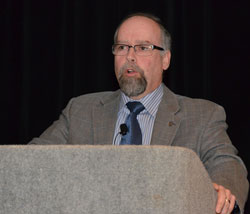
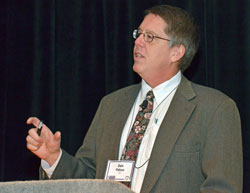
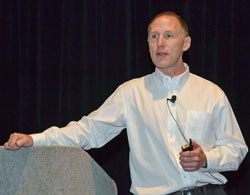
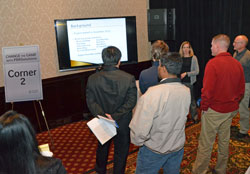
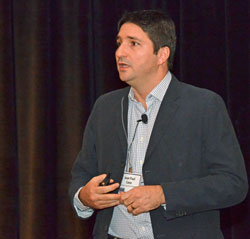
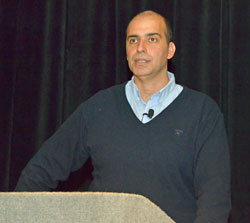
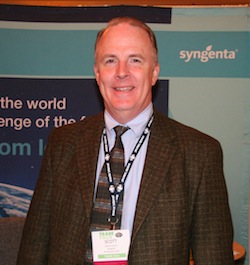
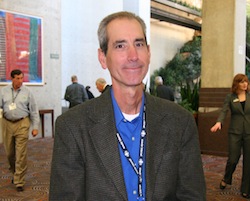
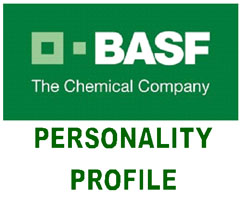 Dr. Jennifer Holland was hired by
Dr. Jennifer Holland was hired by 